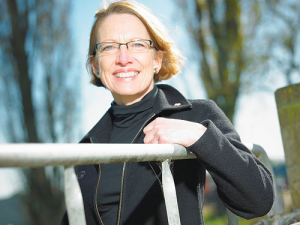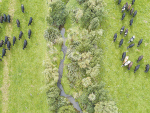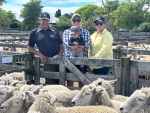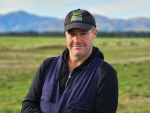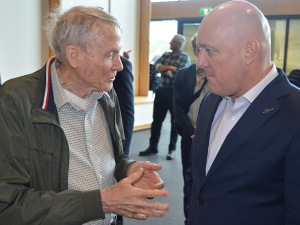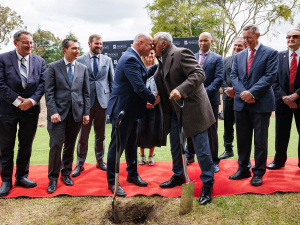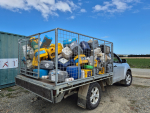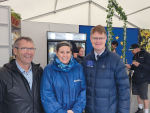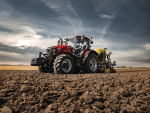Dr Jacqueline Rowarth analyses the points made at this year's Fertiliser and Lime Research Centre workshop.
The Fertiliser and Lime Research Centre (FLRC) workshop held at Massey University each February starts the year with a hiss, roar, new research and the latest from overseas.
The three-day workshop is one of the places where scientists, researchers, rural professionals, farmers and national and local policy makers can engage in rigorous debate.
This year the workshop appeared under its new moniker of Farmed Landscapes Research Centre (FLRC). Although it has a new name, FLRC is continuing its decades of research assisting rural New Zealand in being clean, green and productive. The evolution of systems thinking has involved delegates from across the sector. Increasingly the focus has been on reducing greenhouse gases (GHG) as well as nitrogen loss.
This year the keynote speakers from Scotland and Ireland revealed how far ahead New Zealand is in addressing the issues.
Professor Bob Rees, Rural Agricultural College, indicated a certain amount of confusion post-Brexit. Ongoing subsidies, without which The UK National Audit Office estimates that over 40% of farmers in Britain would be making a loss, will be required to assist with tree planting. Other hopes are being pinned on breeding better cows, dietary manipulation (including the role of legume-based pasture) feed additives, and Biochar.
Professor Rees stated that even biochar was being re-examined as they were ‘getting that desperate’.
Dr Karl Richards, from Ireland’s Teagasc Institute focused on breeding better cows. He also indicated that flooding pastures to create bogs was being considered. Dr Richards pointed out that Ireland is still in the EU – so subsidies would continue to support change.
New Zealand’s focus has been stimulated by our unique GHG profile. Agriculture accounts for almost 50% of our GHG emissions – in contrast to approximately 11% in most developed countries. The Government focus, and the research which started overtly a decade ago (the NZ Agricultural Greenhouse Gas Research Centre was opened by Hon John Key in 2010), means that breeding ‘better cows’ has resulted in a 1% gain a year in terms of efficiency in the dairy herd since 1990. Gains have also been made in other sectors.
The quandary now is how to reduce emissions and losses overall; without impacting the bottom line of individual farms and the economy of the country.
At the workshop Phil Journeaux, AgFirst agricultural economist, reasserted that ‘some farms can make some gains and remain viable, but overall its hard’. His modeling indicates that forestry offsetting is not an option on dairy land as it makes the property unviable. This means that dairy farmers will need to purchase land to plant, which extends their borrowings and puts pressure on hill country farmers.
And trees don’t allow rural populations to thrive.
Rural depopulation is also an issue in the UK, but the rhetoric is that through land use change, the primary sector can be part of the solution.
Translating the rhetoric to reality is the next challenge. Taking land out of production by planting trees and flooding pastures means that remaining agricultural land must become more intensively managed – more food for each resource input and fewer losses.
Fonterra is already showing their suppliers the Nitrogen Use Efficiency of their operations. It is now modelling GHG/kg of milk solids. Farmers will be able to view their data, and then consider impact per hectare of land and bottom line.
Rural Professionals are being upskilled in modeling to assess options. Policy makers are working to try and find the balance where GHG and nutrient loss can be curtailed without impact on the economy.
Nobody thinks this is easy, but other countries expect New Zealand to show the way. New Zealand farmers are part of the global solution in providing animal protein for least environmental impact – other countries which can’t do what is being done here could do the tree planting…
• Dr Jacqueline Rowarth CNZM CRSNZ HFNZIAHS has a PhD in nutrient cycling. The report and conclusions above are her own and should not be attributed to any of the organisations with which she is affiliated. She can be contacted on This email address is being protected from spambots. You need JavaScript enabled to view it.





